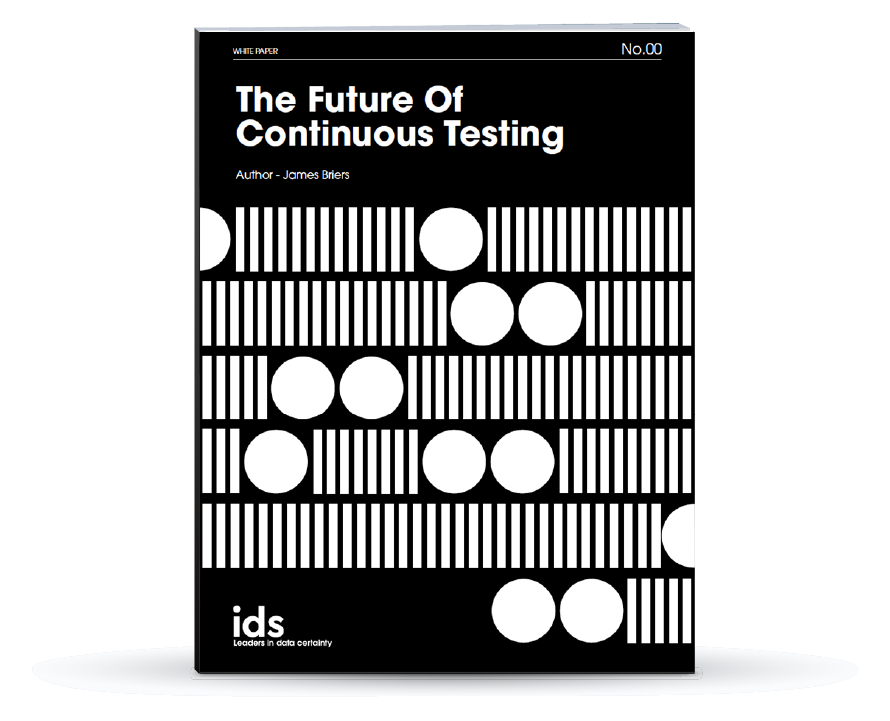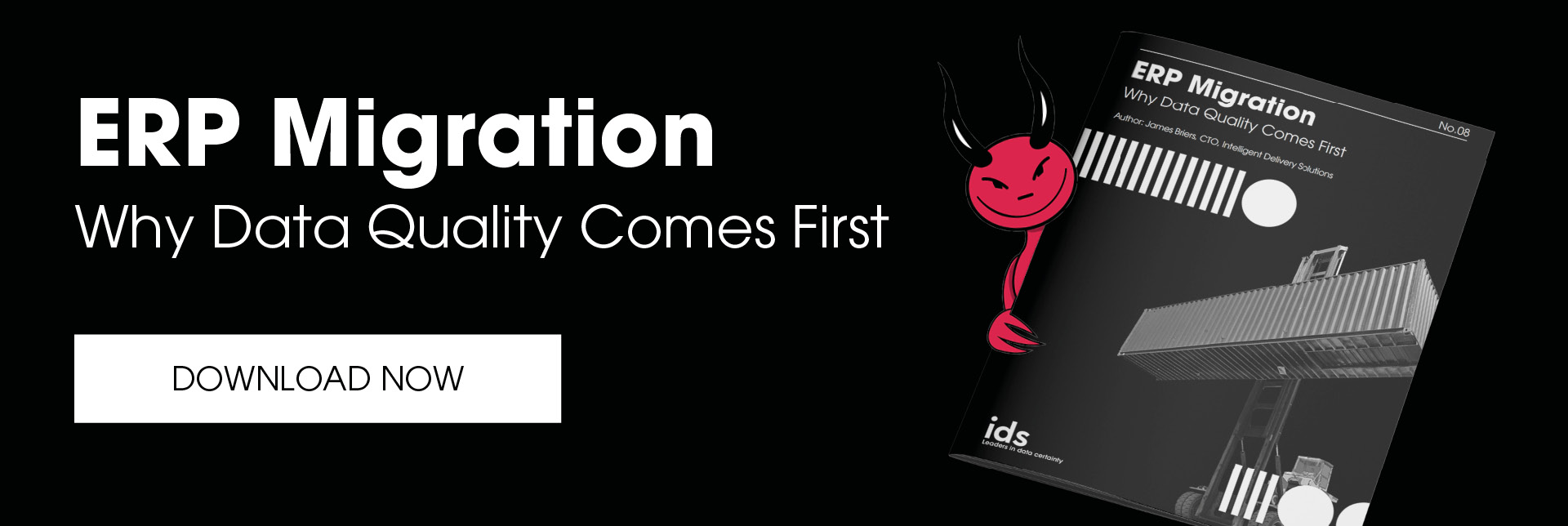What is Referential Integrity and Why do You Need it?
.jpg)
What is Referential Integrity?
Data quality is any company’s most valuable asset.
The purpose of this article is to provide best data quality management practices for creating a database with referential integrity.
Referential integrity is a term used in database design to describe the relationship between two tables. It is important because it ensures that all data in a database remains consistent and up to date. It helps to prevent incorrect records from being added, deleted, or modified. Referential integrity is a constraint on the database design that makes certain that each foreign key in a table point to a unique primary key value in another table.
This will ensure that data is not lost, and it will also help you maintain data quality.
What are the Causes of Inconsistent Database Data?
Referential integrity is violated when there is more than one primary key value for a foreign key. If referential integrity is not enforced, then it may lead to data inconsistency and data loss.
The following are some of the reasons why this constraint is violated:
→ Primary keys are not properly enforced
→ Foreign keys are not properly enforced
→ Database design is incorrect.
Why do we Have Referential Integrity in the First Place?
Referential integrity is a data quality concept that ensures that when you make changes to data in one place, those changes are reflected in other related records.
This is done by enforcing a rule that says that the foreign key in one table can only refer to the primary key of another table. This means that if you change the information in one column, it will automatically be updated in all other related columns. A primary key constraint violation is a constraint where the primary key of the table referenced cannot be null.
Best Practices for Creating Databases with Referential Integrity
Referential integrity is usually enforced by creating a foreign key in one table that matches the primary key of another table. If referential integrity is not enforced, then you may encounter data redundancy and inconsistencies.
The first step to creating a database with referential integrity is to identify all tables and their respective keys. You can do this using the data quality tools within the iData toolkit. The next step would be to decide what type of relationship exists between these tables. There are three types of relationships: One-to-One, One-to-Many, and Many-to-Many.
Once you have decided on the type of relationship, you can then create the appropriate relationships between your tables, again using iData.
The following are some best practices for creating referential integrity:
→ Create primary and foreign keys for each table
→ Ensure that the data types are matching
→ Ensure that there are no duplicate entries
→ Make sure to not create circular relationships.
What is Database Normalization?
Database normalization is a process for organizing the data in a relational database, so that it is easy to query and easy to update. The data is stored in separate tables to avoid data redundancy and improve efficiency - and for this reason, database normalization and referential integrity are closely linked, as referential integrity also ensures that updates are applied consistently across multiple tables.
There are three steps to database normalization:
1) First Normal Form - The first step of database normalization is called first normal form. It states that all columns (attributes) must be atomic and cannot be broken down further.
2) Second Normal Form - The second step of database normalization is called second normal form. This step requires that all non-key attributes must be dependent on the key attribute.
3) Third Normal Form - The third and final step of database normalization is called third normal form. It states that all non-key attributes must depend on two or more key attributes.
Why Checking your Database Normalization & Referential Integrity is Vital in 2022
Database normalization and referential integrity are required to ensure that the data is organized in a way so that it can be accessed and used by any user. Because referential integrity is fundamental to the way in which data is connected in a relational database, it is a vital component before any transformation, such as an ERP or PMS migration.
Data needs to be connected so that it can be joined, or linked, and so that changes to one piece of data automatically propagate throughout the system.
This type of integrity is vital for business success and for preventing incomplete data sets.

Learn How Continuous Testing Can Improve your Business
IDS' Chief Technical Officer, James Briers, sheds light on the solutions to approaching complex data testing projects with mechanical efficiency.


.jpg?width=1200&name=IDS_Website-Image31_(1200x628).jpg)

